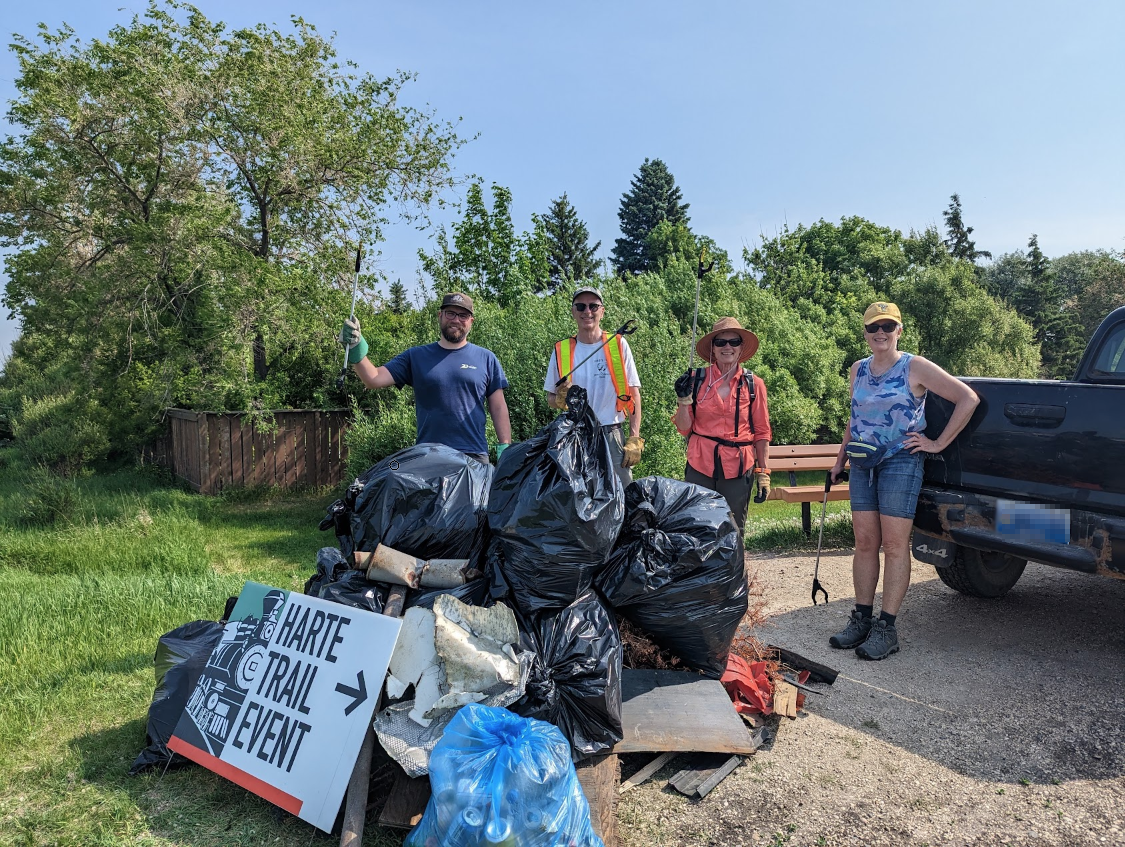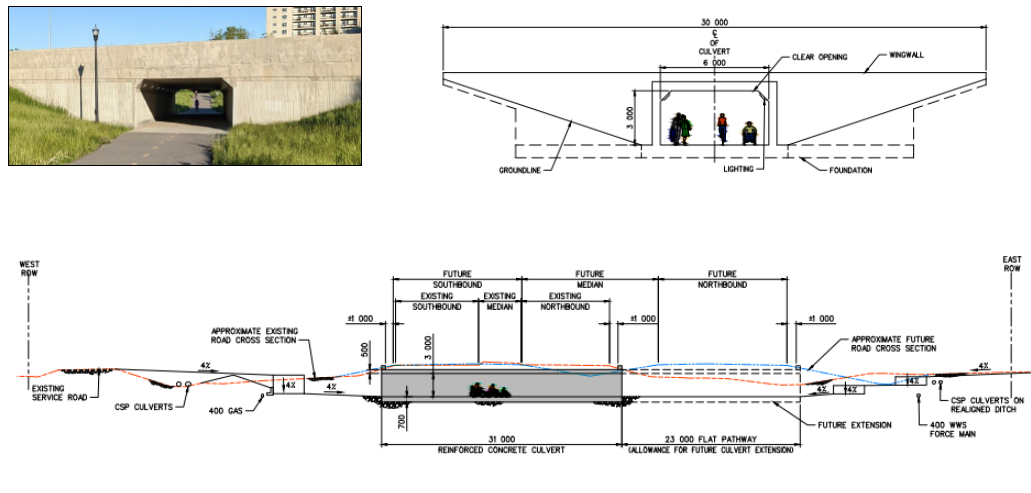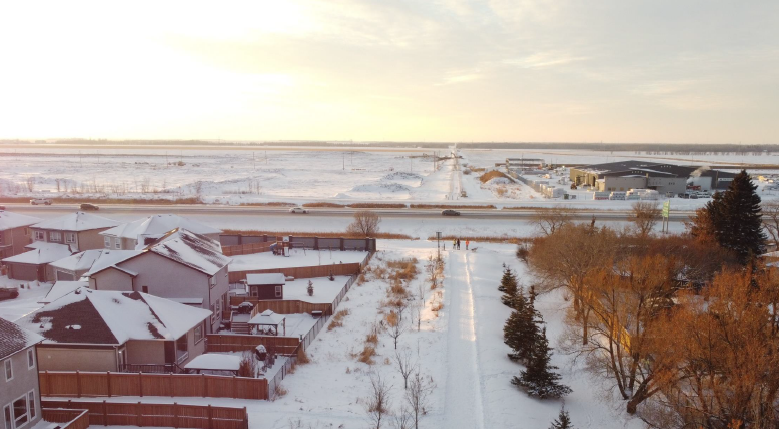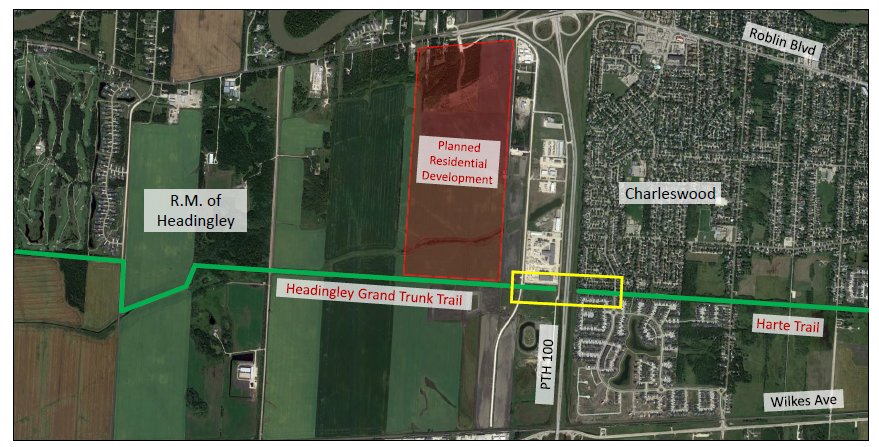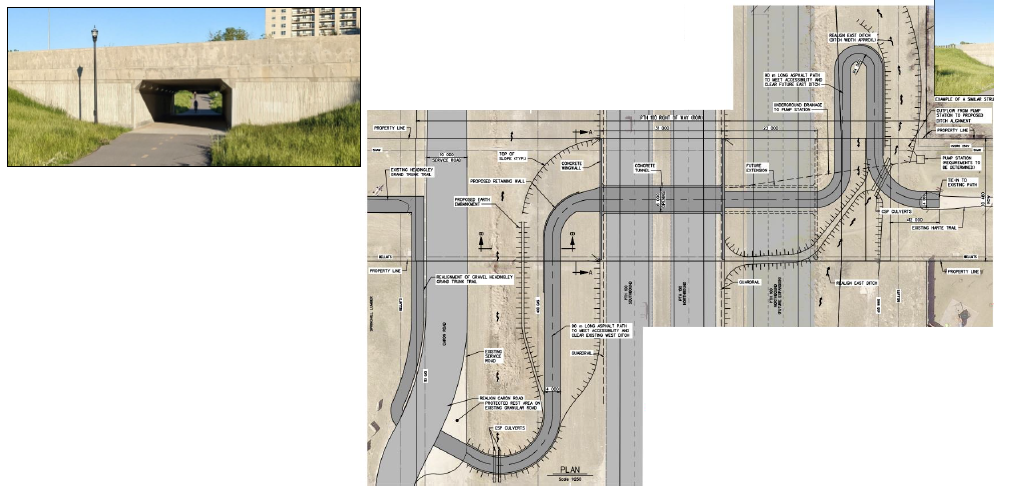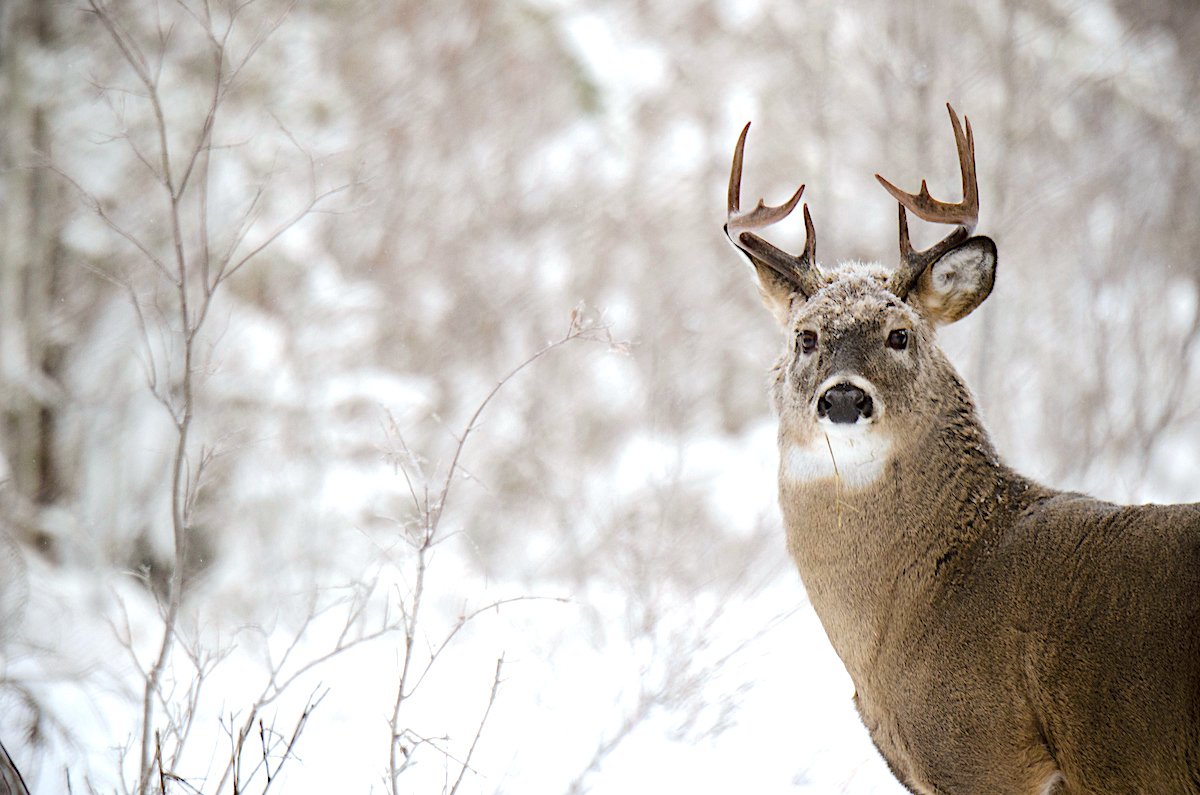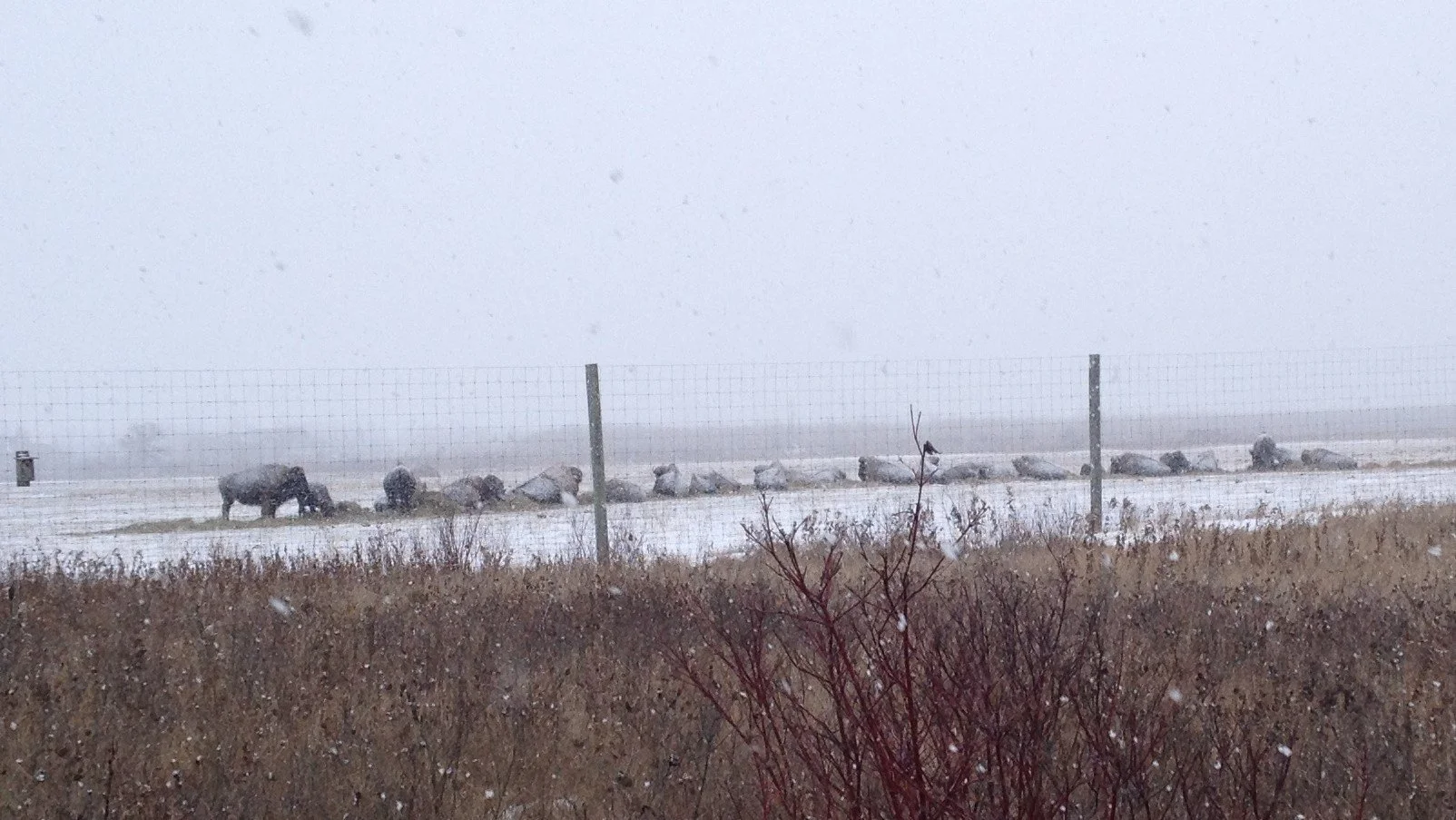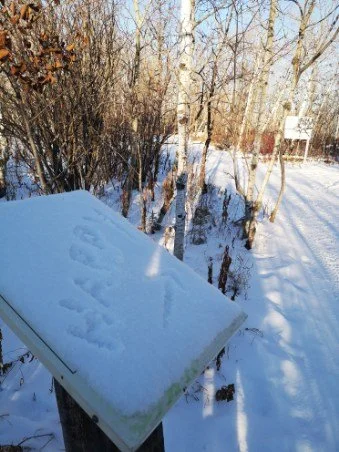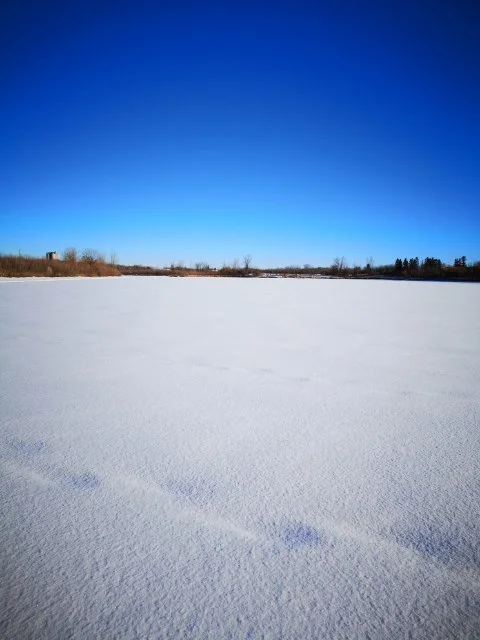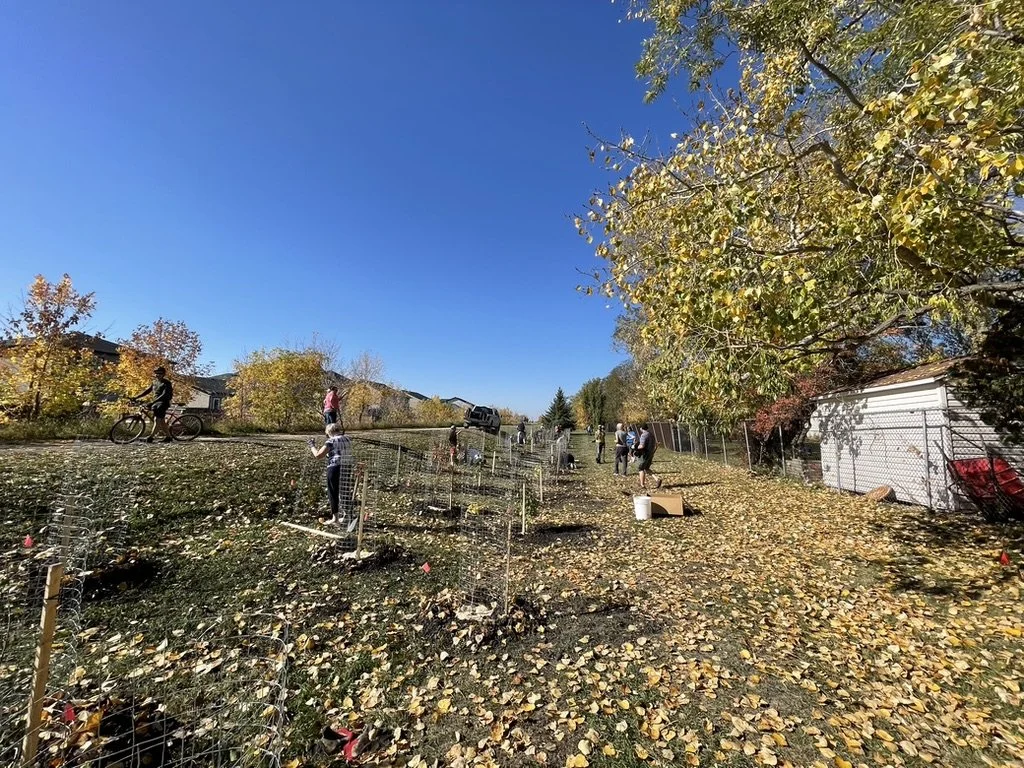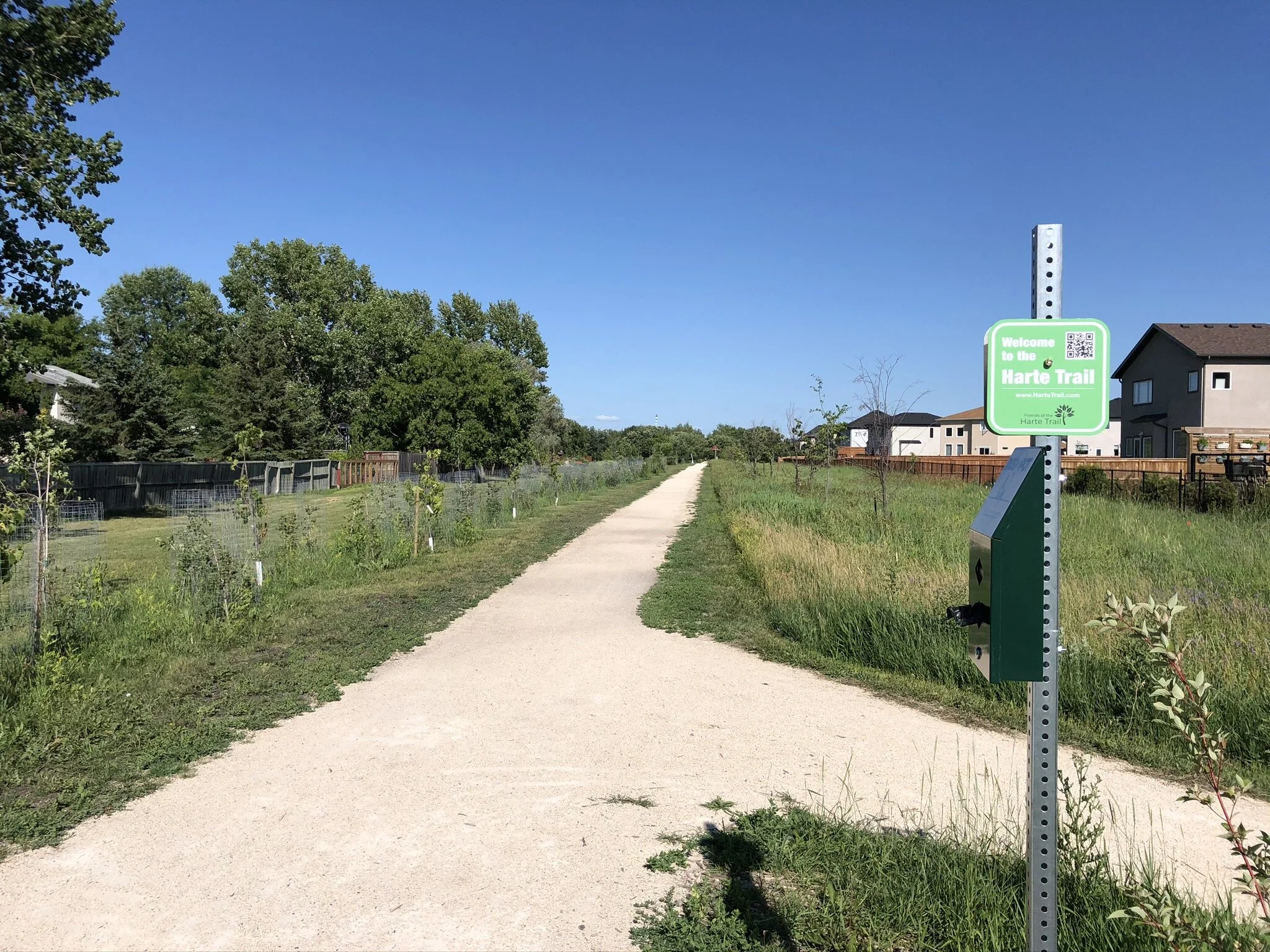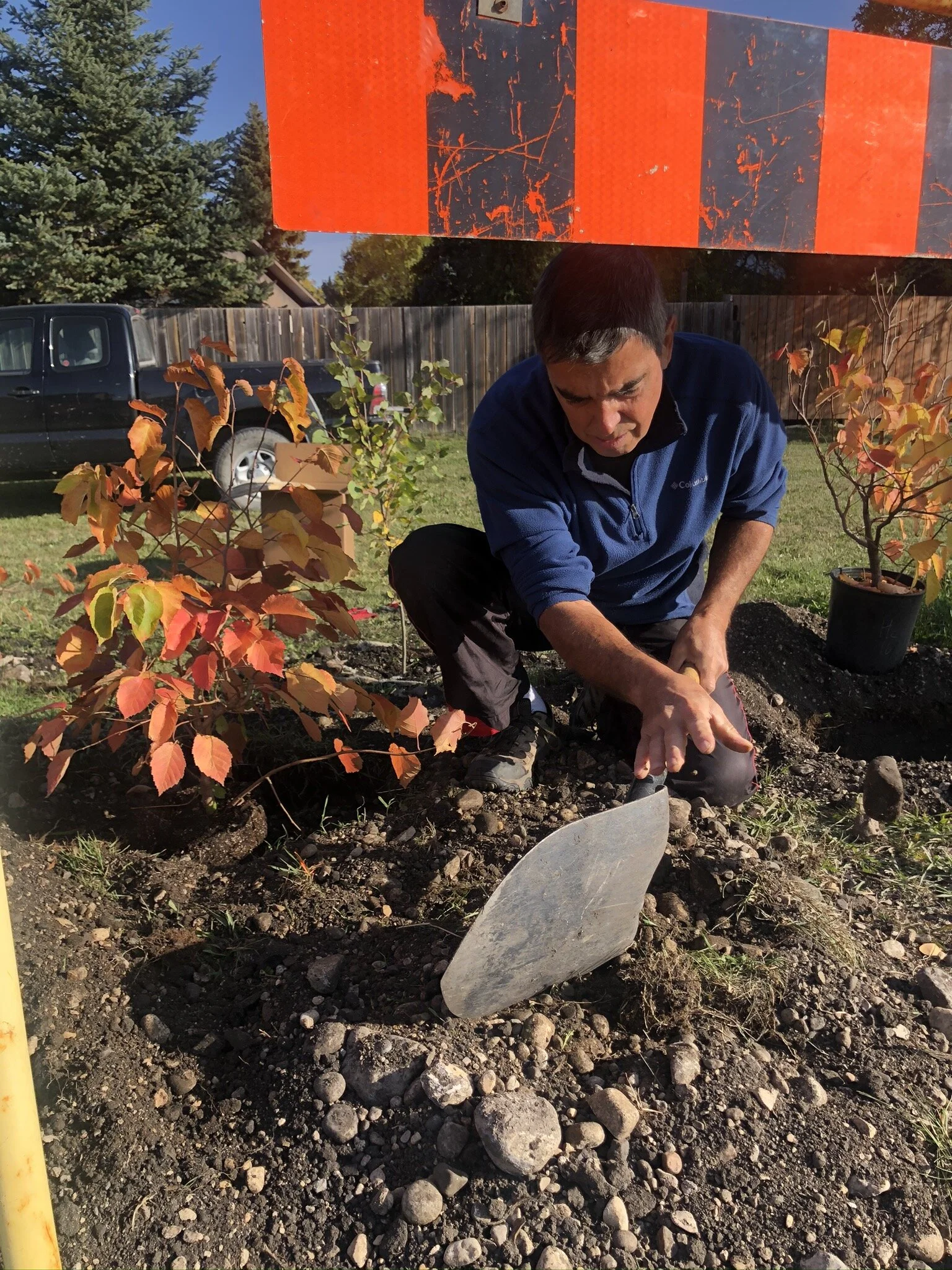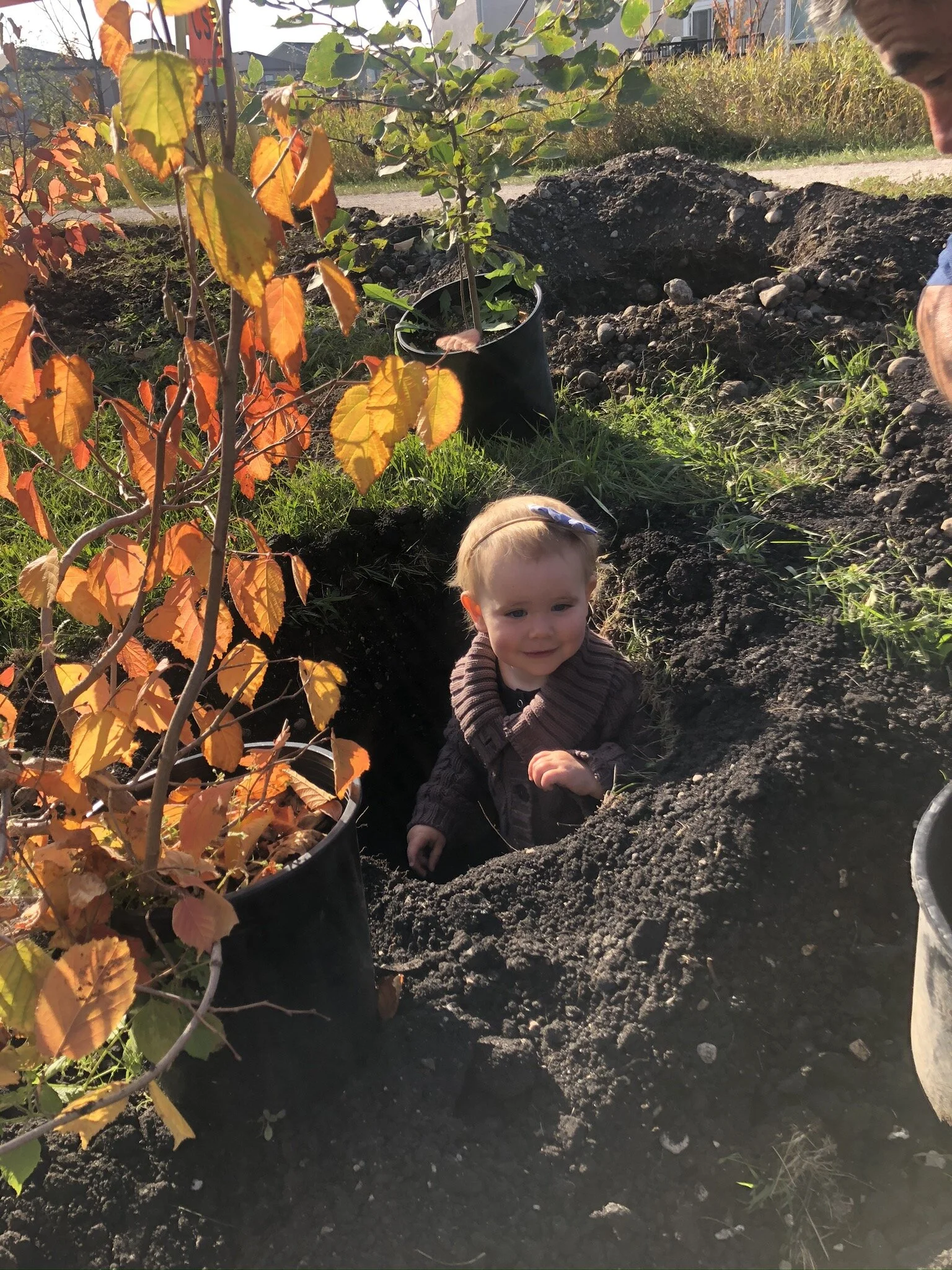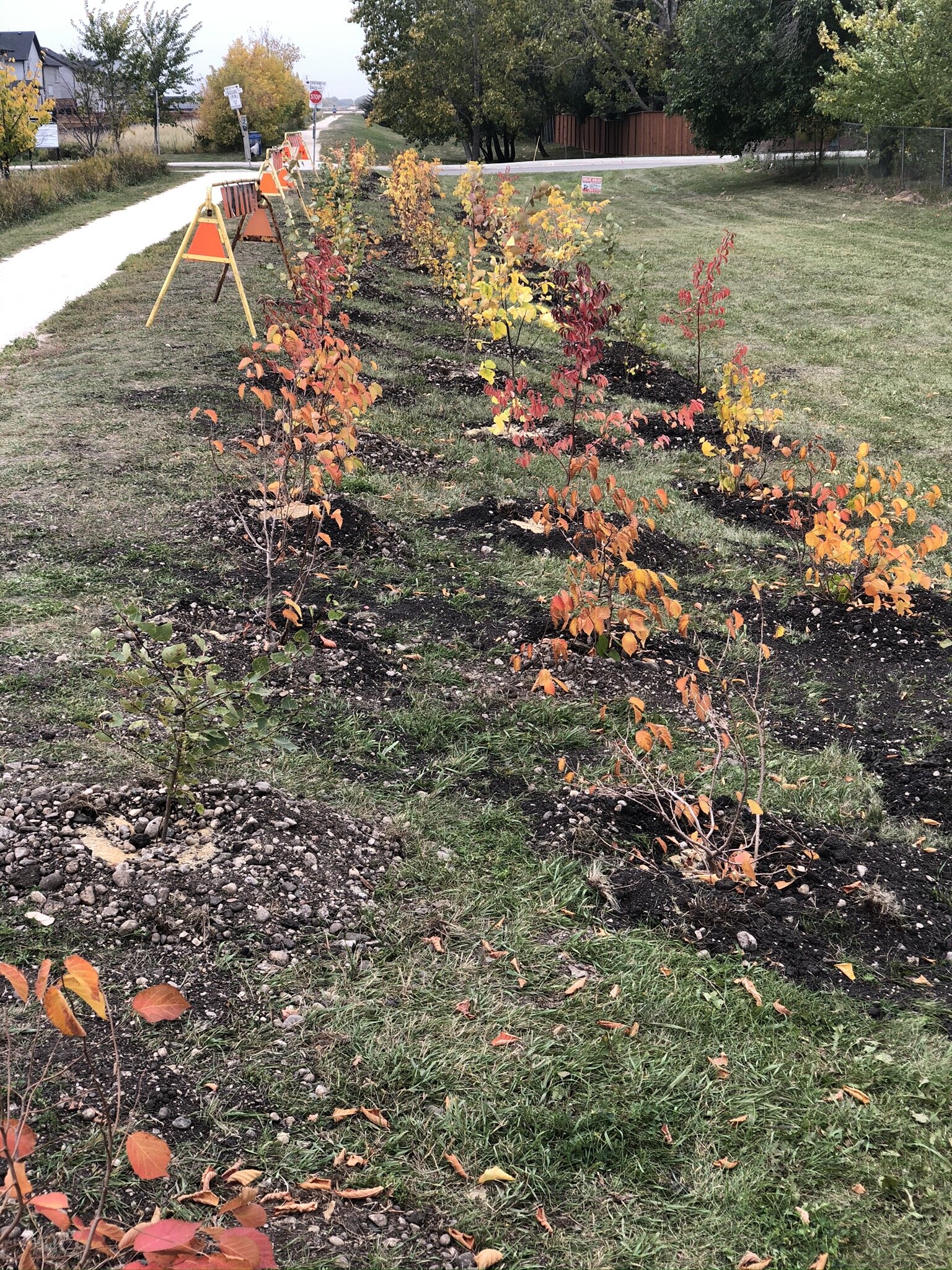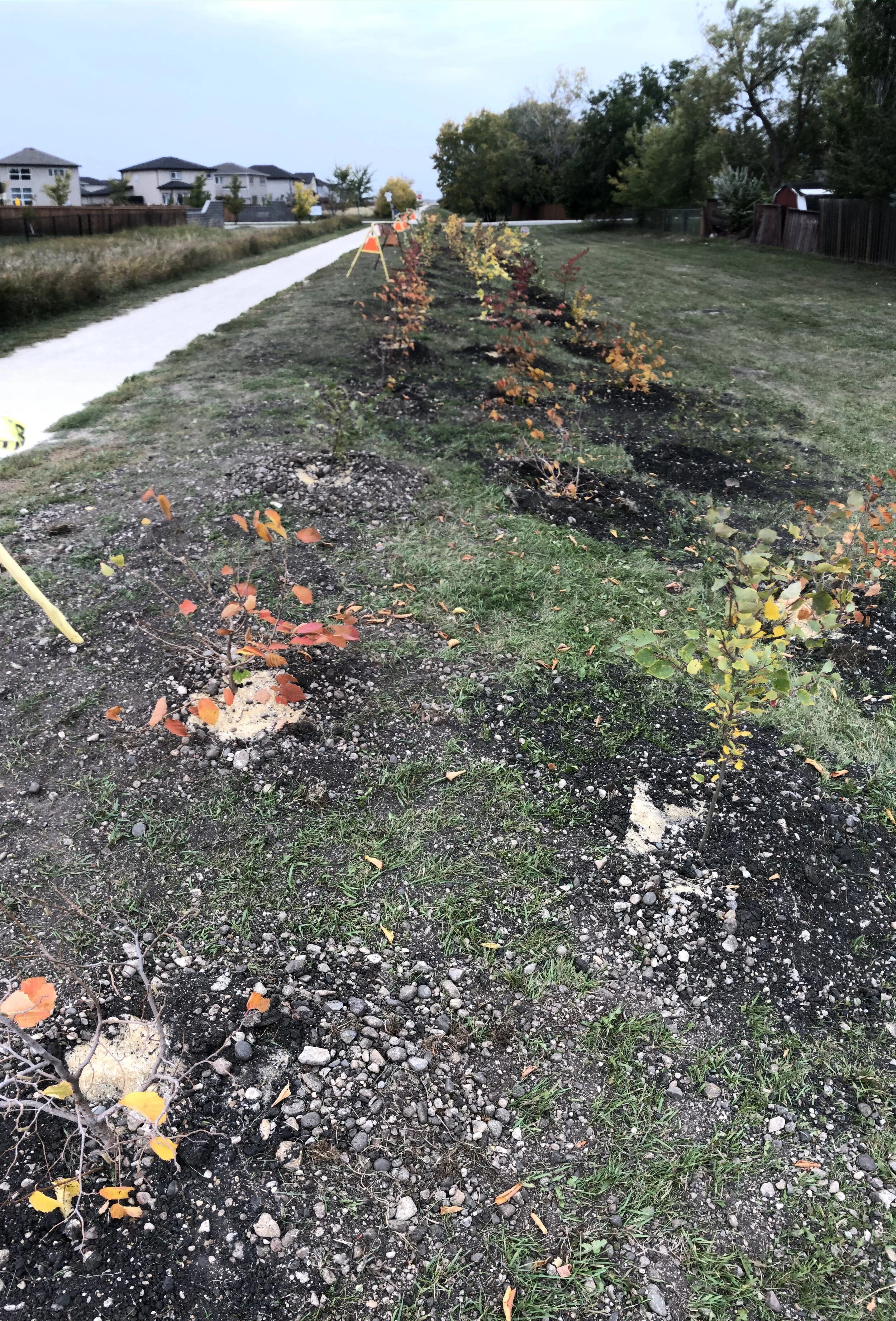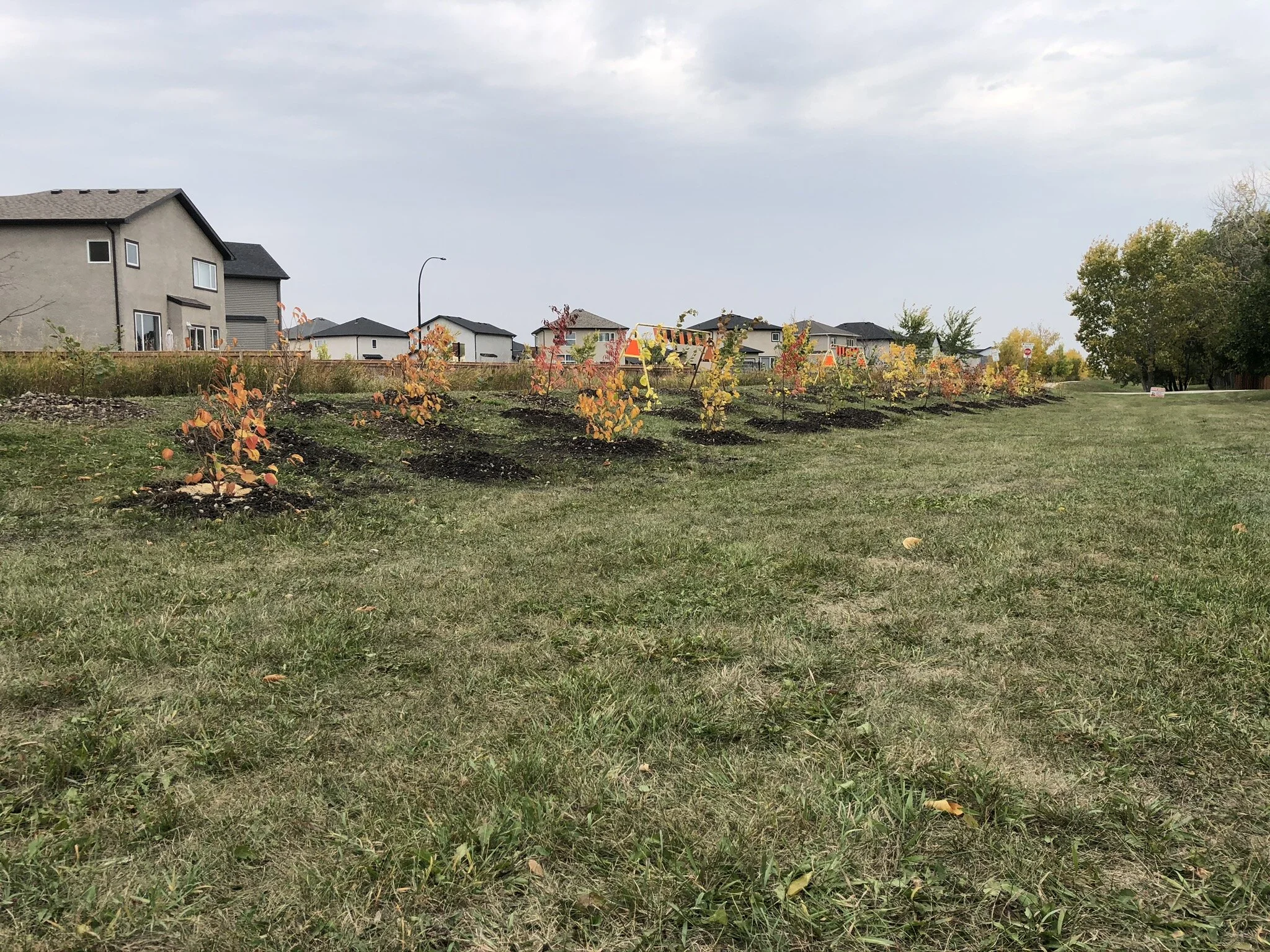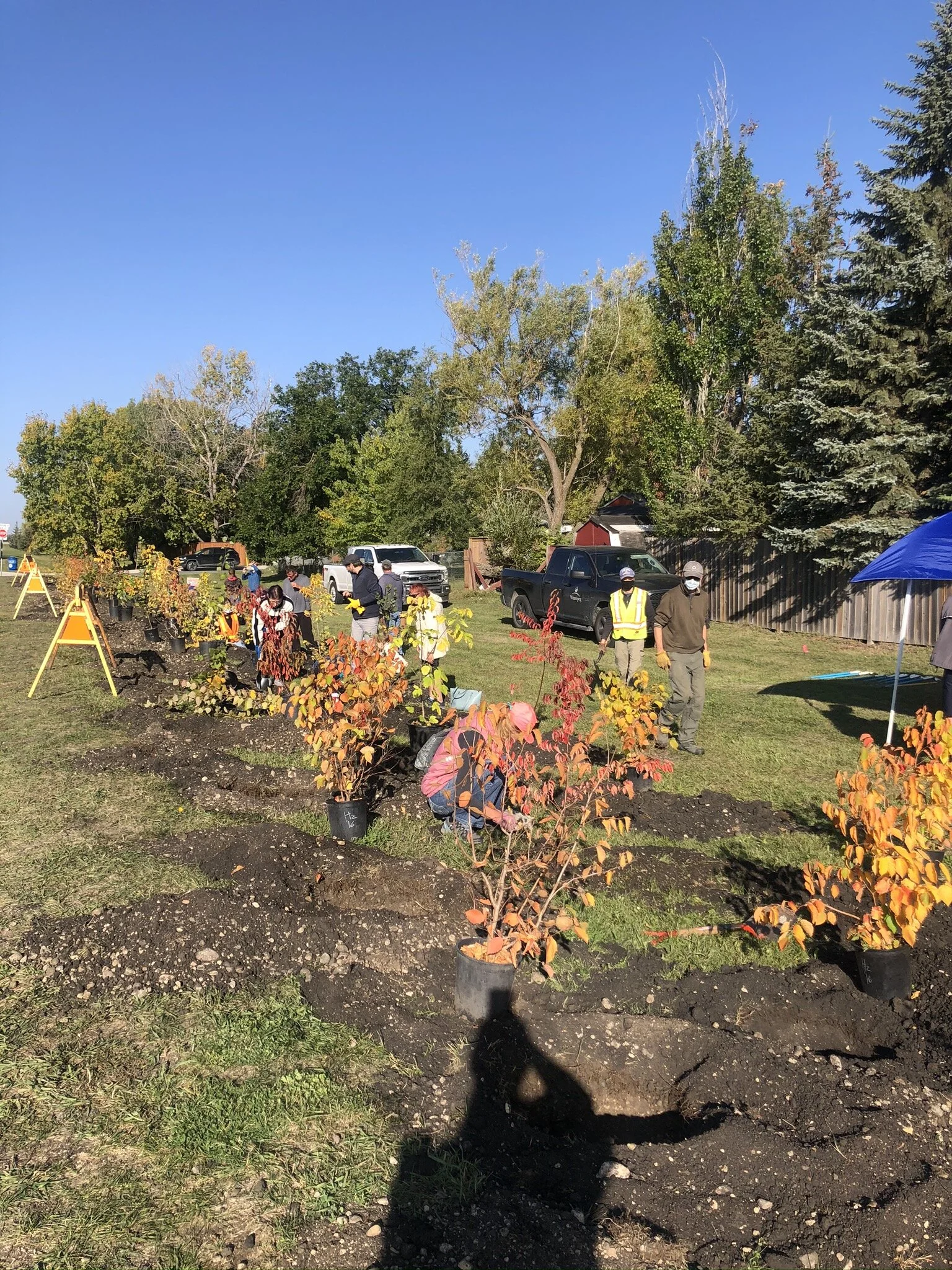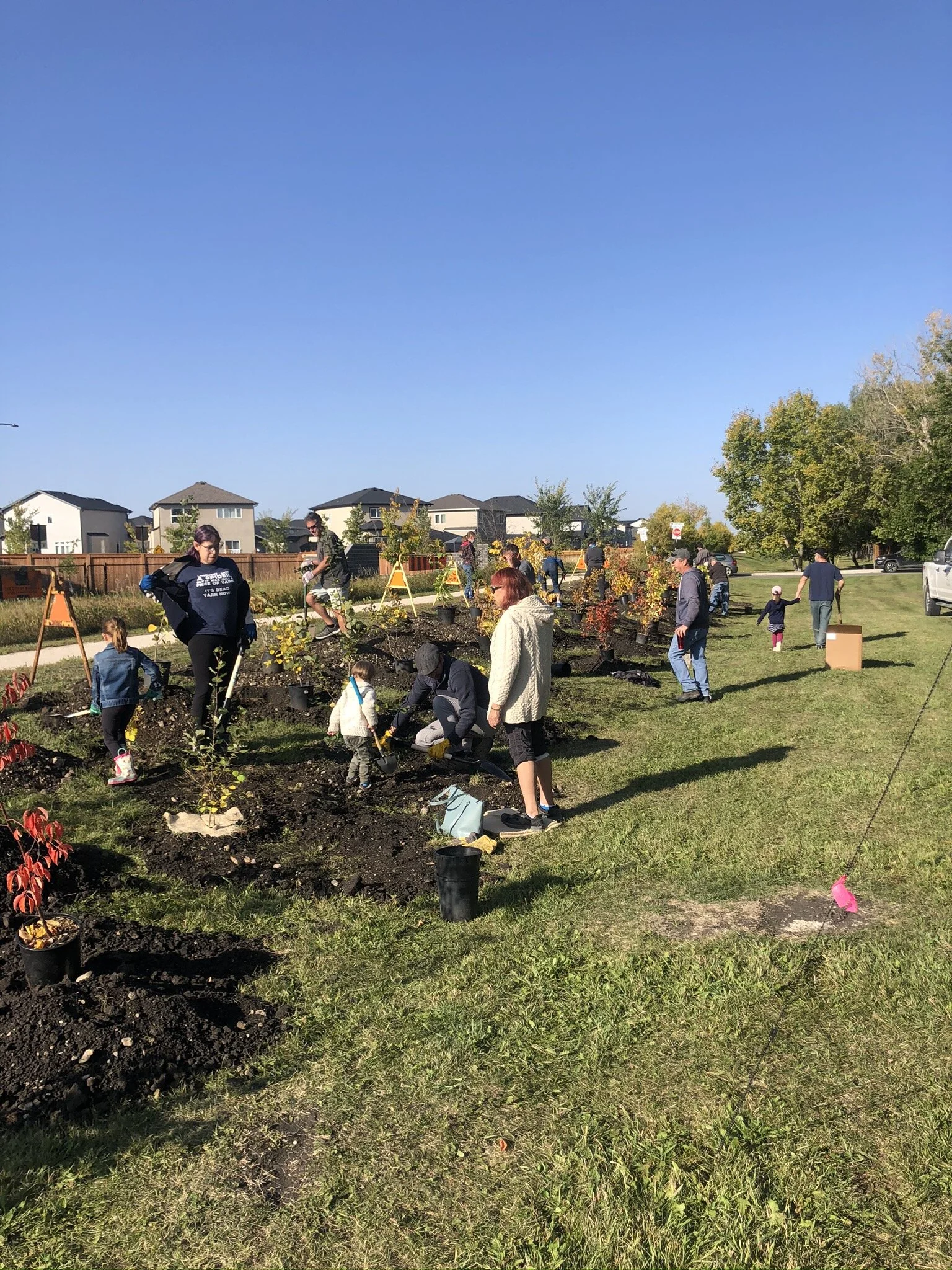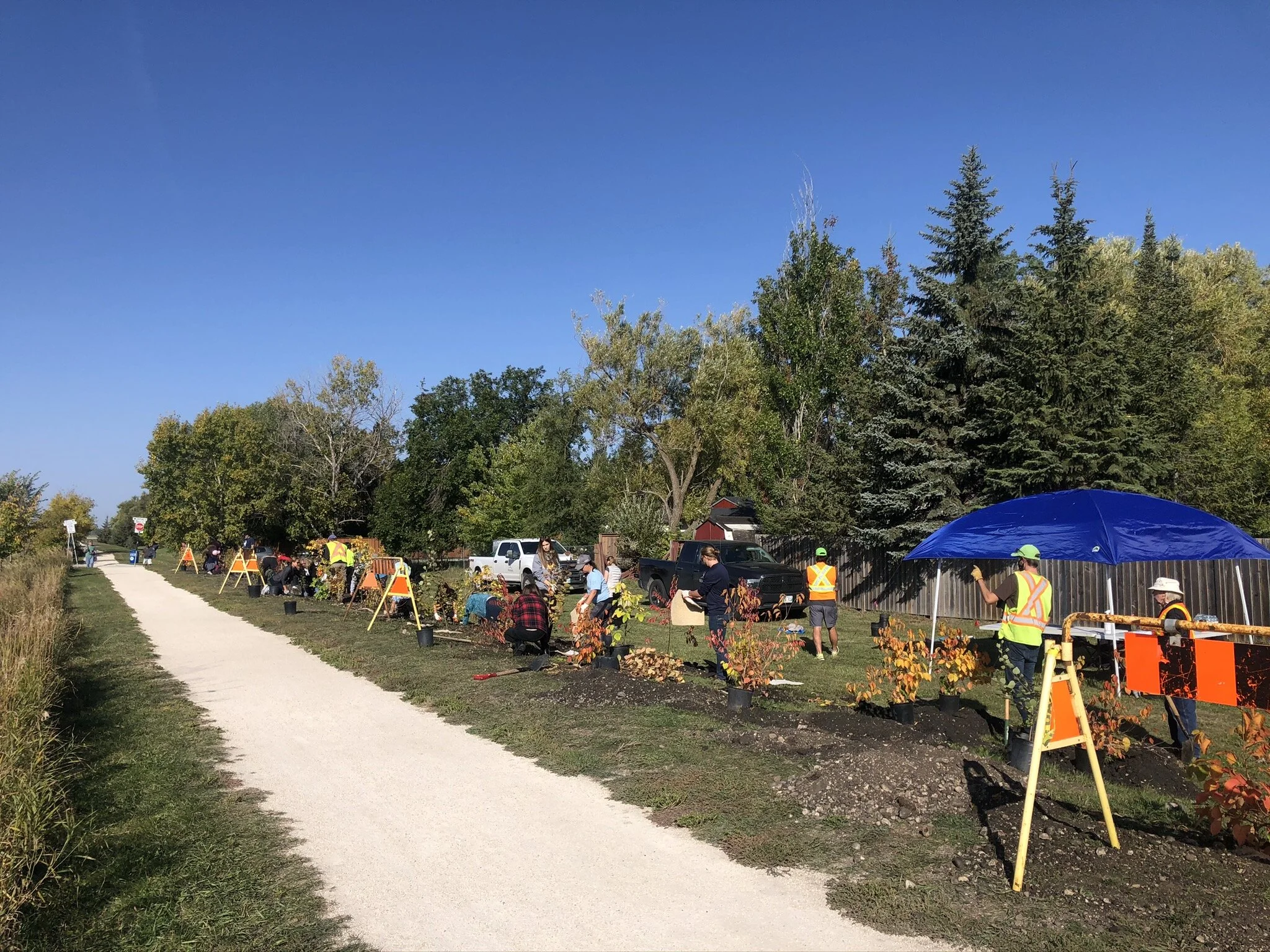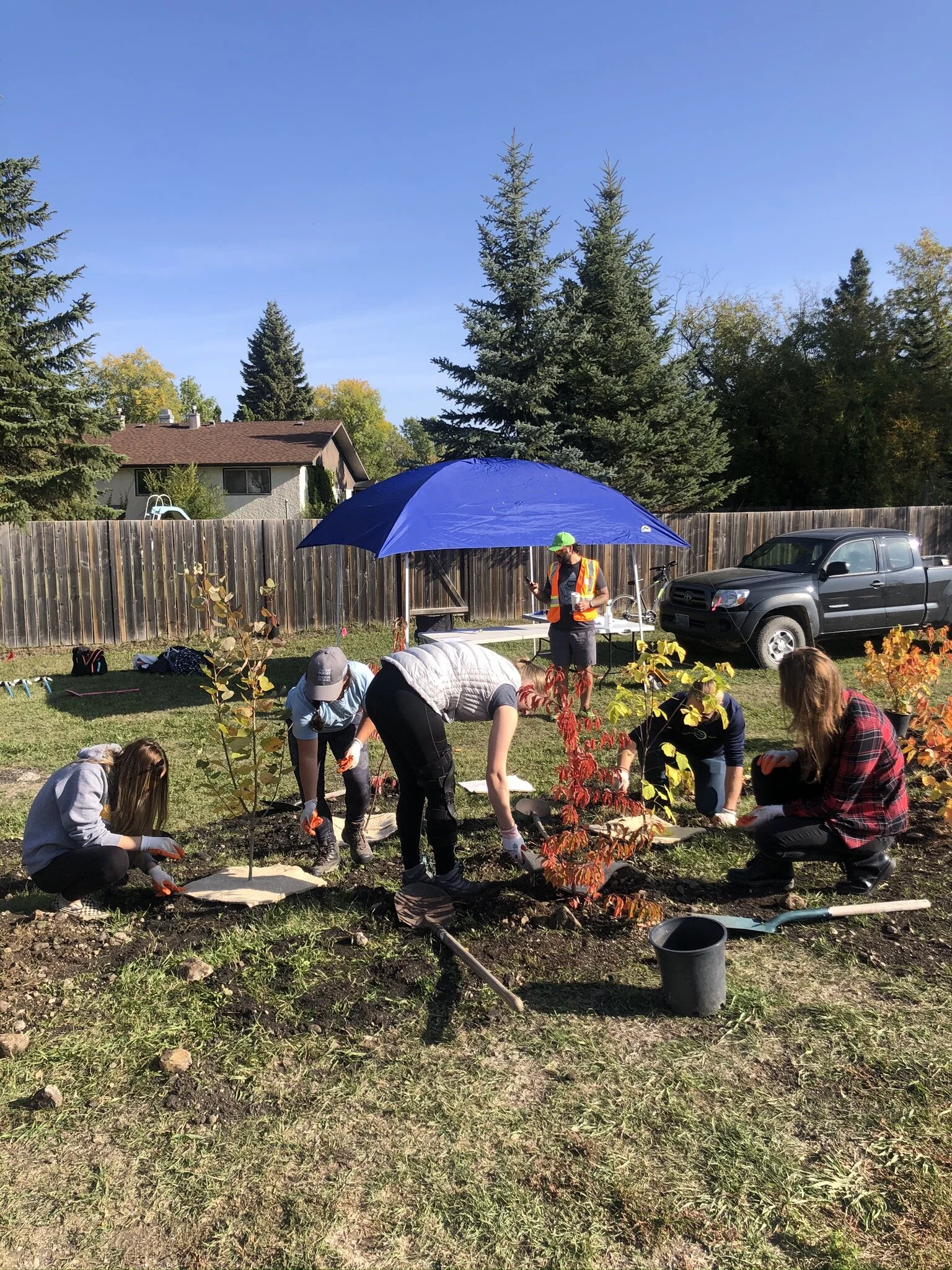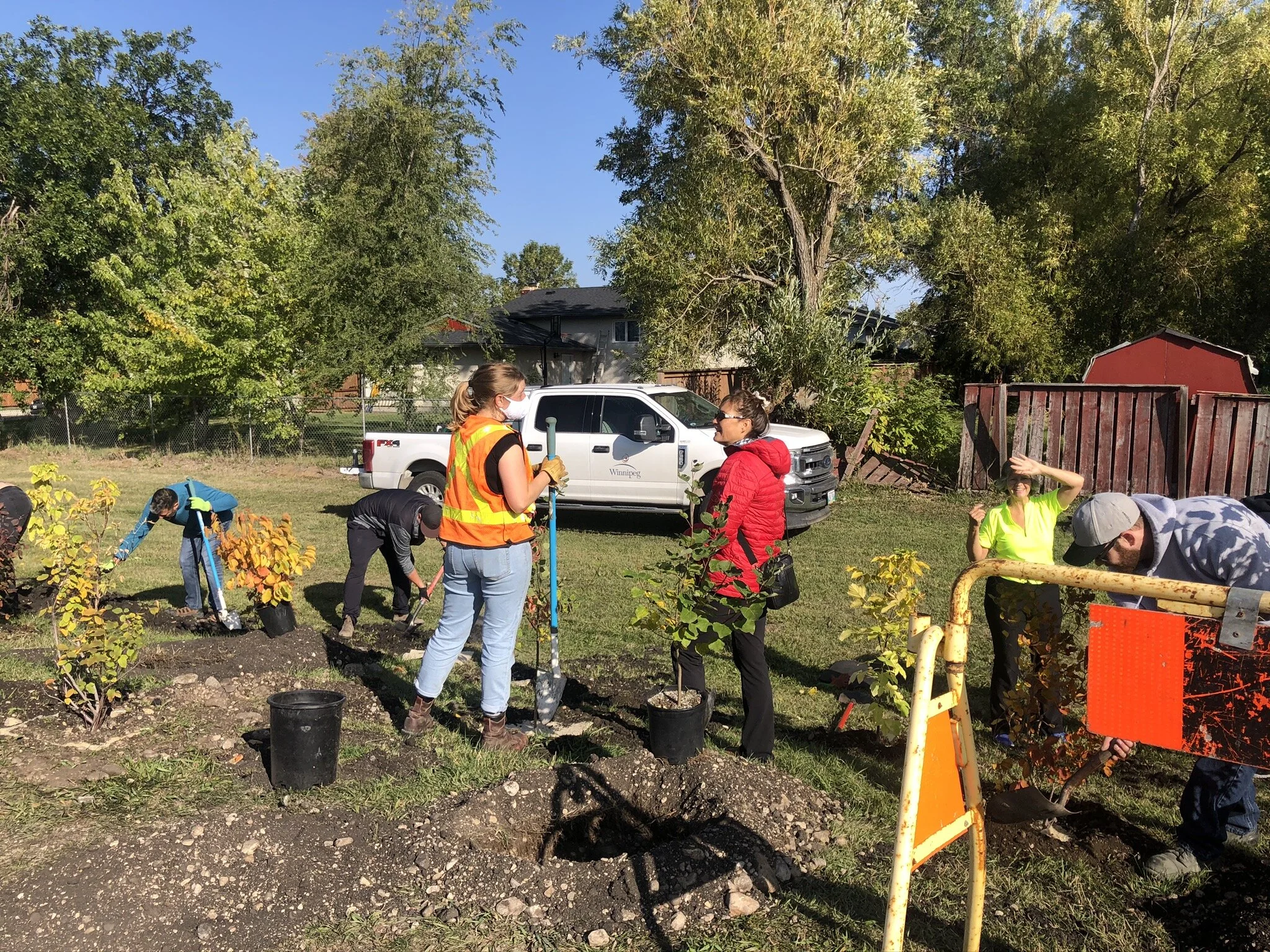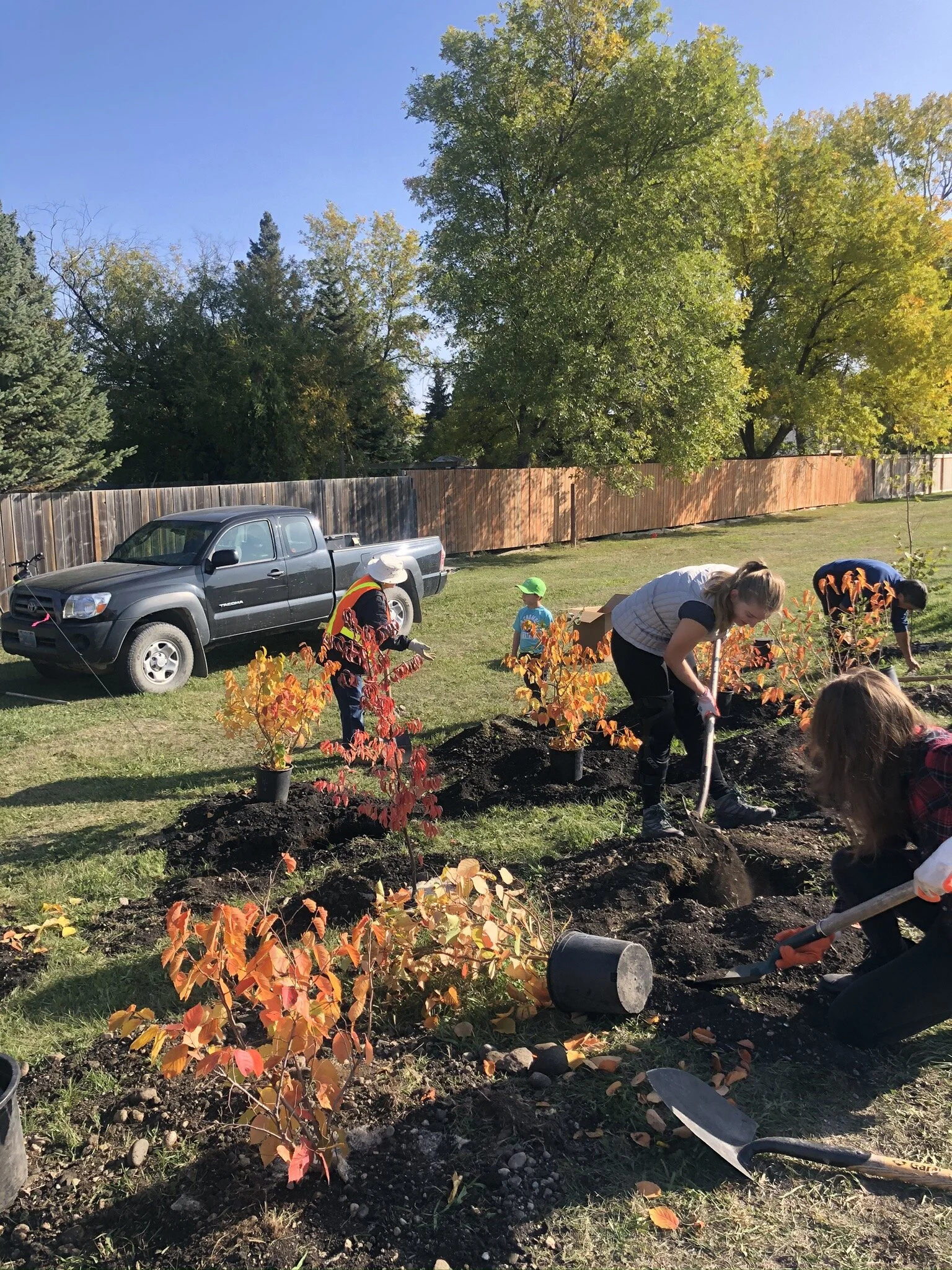1. A Cleaner Trail for All Canine Companions 🐾
We are delighted to announce that four new dog waste bag stations have been strategically placed along the trail to ensure a cleaner and more pleasant environment for everyone. These stations can be found at the Cullen, Community Row, Buckingham, and Elmhurst sections of the trail.
Our dedicated board member, Jim, deserves a round of applause for spearheading this initiative. Jim's dedication to improving the trail experience for both human visitors and their furry friends is truly commendable. Thanks to his hard work, these dog waste bag stations are now available to make responsible pet ownership even easier.
But the improvements don't stop there! These stations are regularly replenished with waste bags by the Friends of the Harte Trail. We understand the importance of making it convenient for you to keep the trail clean, so if you notice a station running low on bags, simply send us a message (or scanning the QR code), and we'll refill it. Together, we can maintain a pristine trail that everyone can enjoy.
2. Promoting Sustainability: Introducing New Recycling Bins ♻️
At Harte Trail, we are committed to not only providing an enjoyable experience for trail users but also promoting sustainable practices. That's why we are thrilled to introduce our newly added recycling bins along the trail. These bins can be found at key locations, including Cathcart, Buckingham, Harstone, and Charleswood Road.
This sustainable initiative was made possible thanks to the dedicated efforts of our board member, Murray. Murray's passion for environmental responsibility and his commitment to the community have resulted in the addition of these recycling bins. Now, you can conveniently dispose of recyclable materials while enjoying your time on the trail, making a positive impact on our planet.
Your Support Makes a Difference
None of these wonderful improvements would have been possible without the generous support of our community members. Every donation counts, and your contributions directly contribute to making the Harte Trail a better place for everyone. If you're as excited about these upgrades as we are, please consider signing up to donate and help us continue enhancing the trail for years to come.
To learn more about how you can get involved and support these initiatives, please visit our website at https://www.hartetrail.com/how-to-get-involved#/donate. Your involvement matters, and together, we can ensure that the Harte Trail remains a beautiful and sustainable oasis for all to enjoy.




